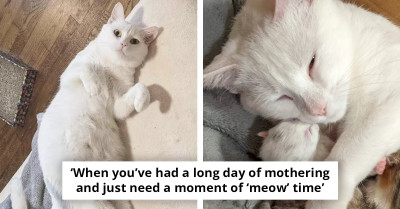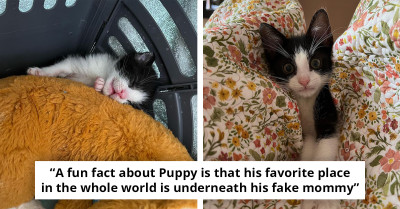
Dog Lovers Decide Between Toys And Treats As Effective Tool For Pet Training
Some pets love treats, others prefer toys.
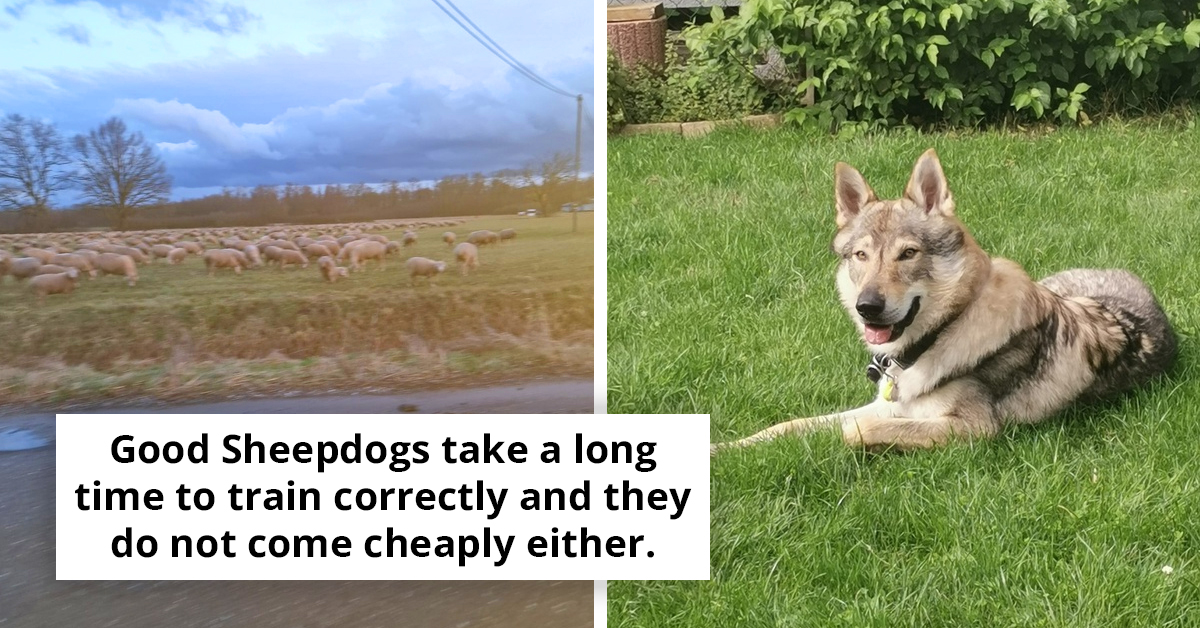
Lots of pet lovers often think about whether they can go with toys instead of treats when training their furry friends. It might seem like the perfect option, especially if your dog is a bit choosy with food or needs to shed some pounds.
Sure, you can include toys in training sessions, but there are specific scenarios where it works best. Even if your dog goes bonkers for toys over treats, relying solely on toys for training could pose some challenges.
Always note how different rewards can impact your dog during training sessions. Whatever reward you choose, it should be purposefully selected and used.
Experts suggest first determining whether your dog lacks motivation for food or is simply full and disinterested in eating. Many trainers incorporate their dogs' meals into training sessions as a fun approach to maintaining their pets' fitness without adding extra treats between meals.
Before feeding your dog dinner, when they're hungry, try training them with a few pieces of their food to see if their motivation increases. If so, you can integrate training into their mealtime routine.
If your dog remains genuinely unmotivated by food, you can further confirm it by offering higher-value treats. Just as humans prefer pizza over crackers, dogs may prefer treats with stronger scents and flavors over dry, hard ones typically used in training sessions.
Still clueless about which one to use for your training sessions? Take a look at some of the answers to this Quora question:
What is more effective for training a dog: treats or toys?
A former Marines Commando who's now a shepherd believes that neither are effective for training.
Neither I.m.h.o. because it means that basically any fool with a treat or toy in their hand can gain control of your dog Better in training any dog is to simply love it as much as it loves you… and fuss and praise from its chosen person.
Forges a bond that cannot be broken… My dog helps me make my living and that includes securing, herding, and protecting my flock..
Also he brings in our daily meal when we are away from home as there are no shops or even roadways built to sustain them if there were…up where we work ..
 Abe
AbeHe then tells the community about the work his dog is involved with.
Here is a typical hillside roadway in the area we work in…
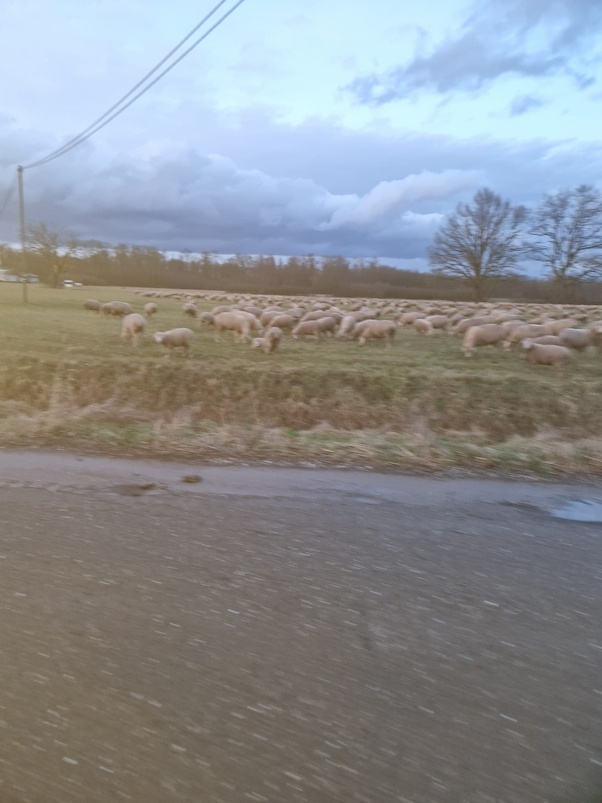 Abe
AbeThe user trains a sheepdog.
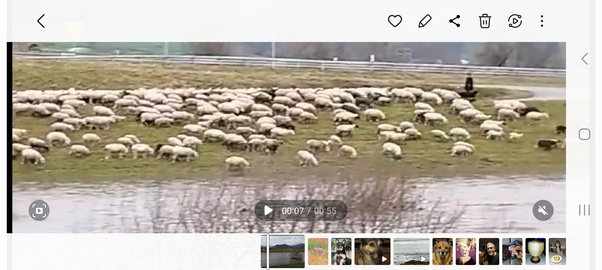 Abe
AbeHerding dog in action
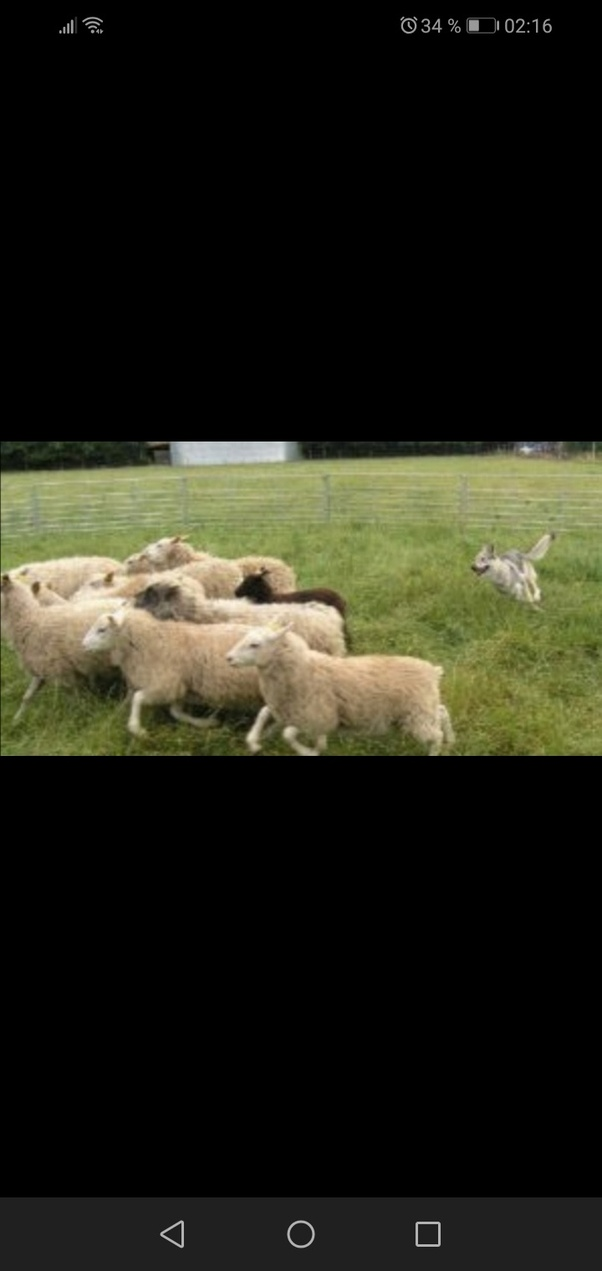 Abe
AbeTraining sheep dogs takes time and patience.
And here is what we do….. Good Sheepdogs take a long time to train correctly and they do not come cheaply either…
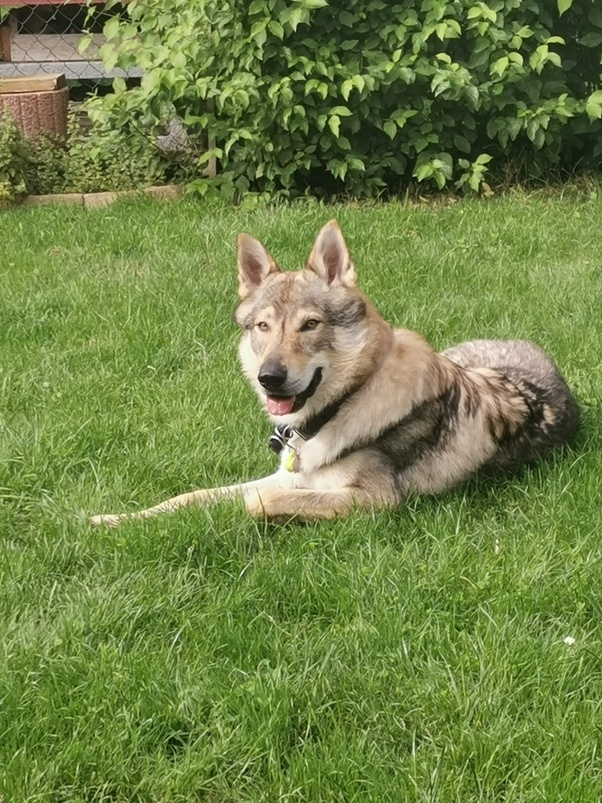 Abe
AbeThe shepherd doesn't believe in using toys and treats when it comes to herding training.
And only woe will betide any sheep or dog theif should they try to offer him either toy or treat…. He was reared and trained in a language that few outside of my peoples have any understanding of.
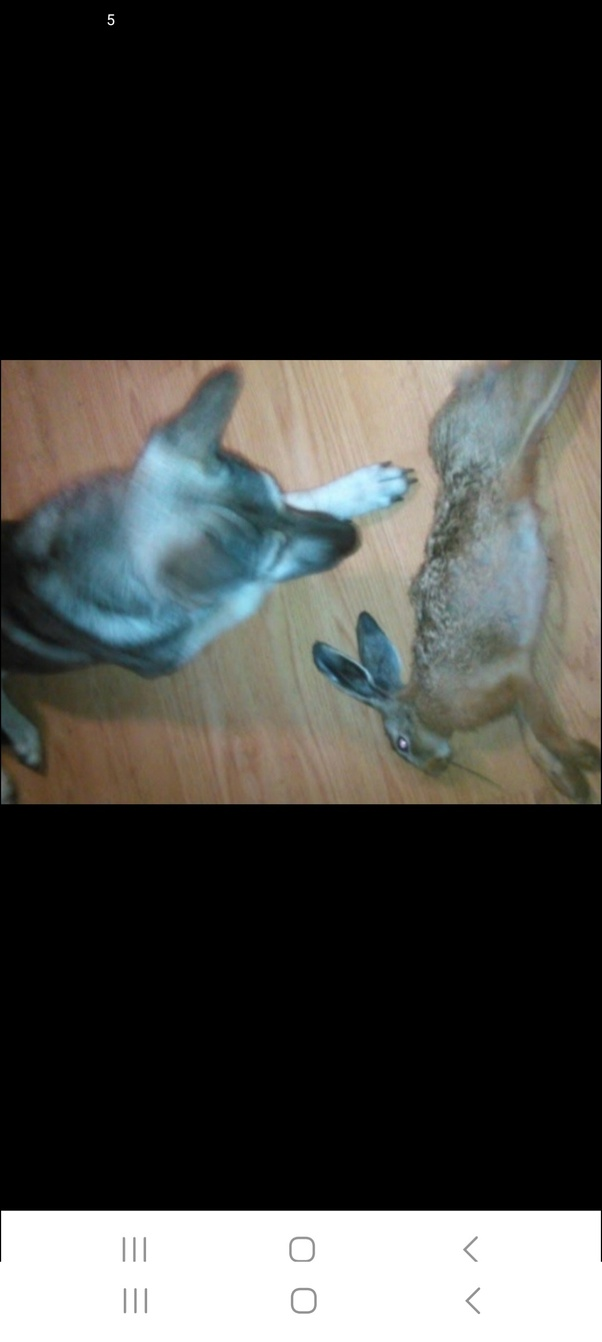 Quora
QuoraThe dog was trained alongside another sheepdog.
He was trained by myself and another working sheepdog only… And in all honesty he obeys only me and other Immediate family members… Only…
 Abe
AbeDoggo at work
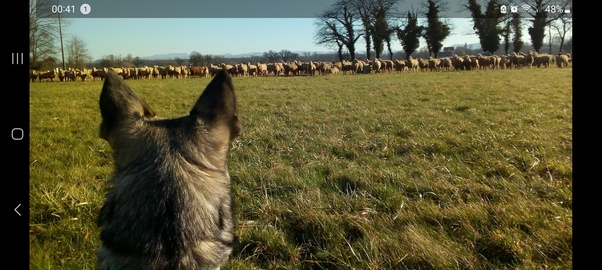 Abe
AbeThis was the sheepdog's training partner.
And below his recently deceased co trainer… Ole Su…
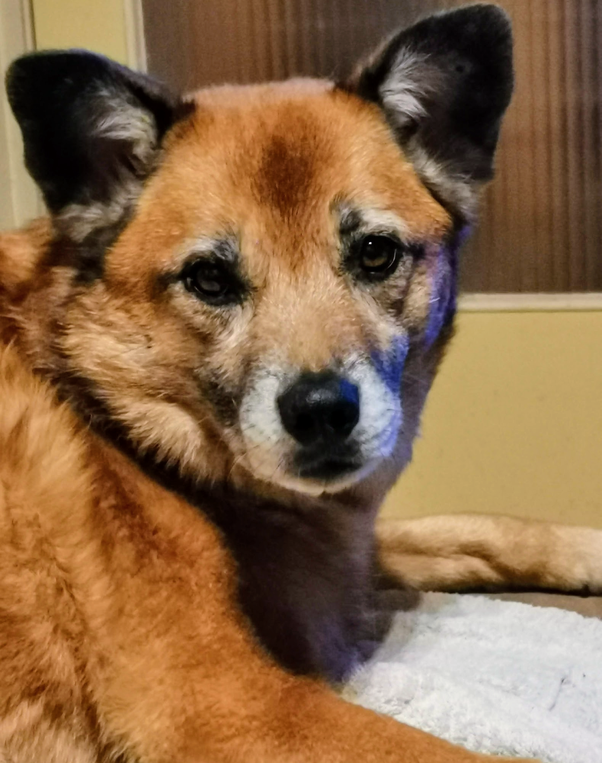 Abe
AbeThey're not just training partners, they're friends too.
 Abe
AbeAnother user believes that, in the long run, toys and treats are not needed. They can be effective for puppies at the start of their training.
Both treats and toys CAN work. They have shown to be effective when training dogs that are not your own. As in when your dog is left with a professional dog trainer because you either don’t know what to do or can’t be bothered. Time restraints, ’n all that, right?
But if you really want to train your own dog or dogs, you shouldn’t need either treats or toys except maybe in the beginning of the training of a puppy.
Praise, love, nuzzling, pats, more praise, more love, more nuzzling and more pats.
If you love your dog and your dog loves you no treats or toys are needed.
Your love is the only reward your dog wants and needs.
 Liz Bryman
Liz BrymanIt all depends on the dog's preference.
whichever your pup prefers. usually treats are best. just be sure to ONLY use positive reinforcement;
ignore bad behavior and reward good behavior an insane amount, treats, pets, and praise. you’ll be shocked how quickly it works…negative reinforcement takes an incredibly long time IF it even works, it generally just results in the bad behavior continuing and the dog being scared of you.
for positive reinforcement you’ll have to be a little more intelligent, for instance for potty training when they start to go pick them up and put them outside…when they go outside praise them. never rub their nose in an indoor potty or yell at them, they literally won’t understand why you’re being mean just that you’re being mean.
but eventually they’ll associate going potty outside with praise. usually for puppies you start by training them to potty on a pad. then move the pad closer to the door, then outside.
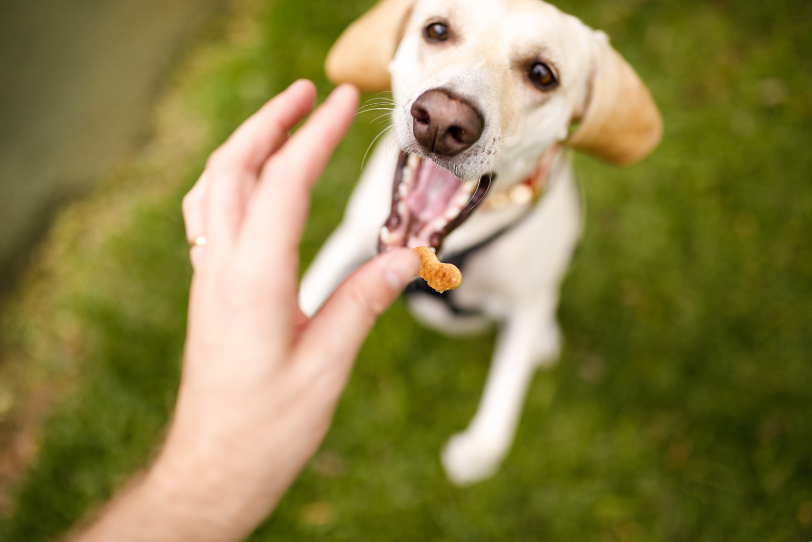 gettysignature
gettysignatureThere is no right and wrong answer when it comes to choosing between toys and treats for dog training. Regular pet owners need to find out which of the two tools are effective for their dogs.
For working dogs such as sheepdogs, some dog trainers discourage the use of both tools because they could potentially be detrimental.
At the end of the day, the owner needs to find out what works.
May






